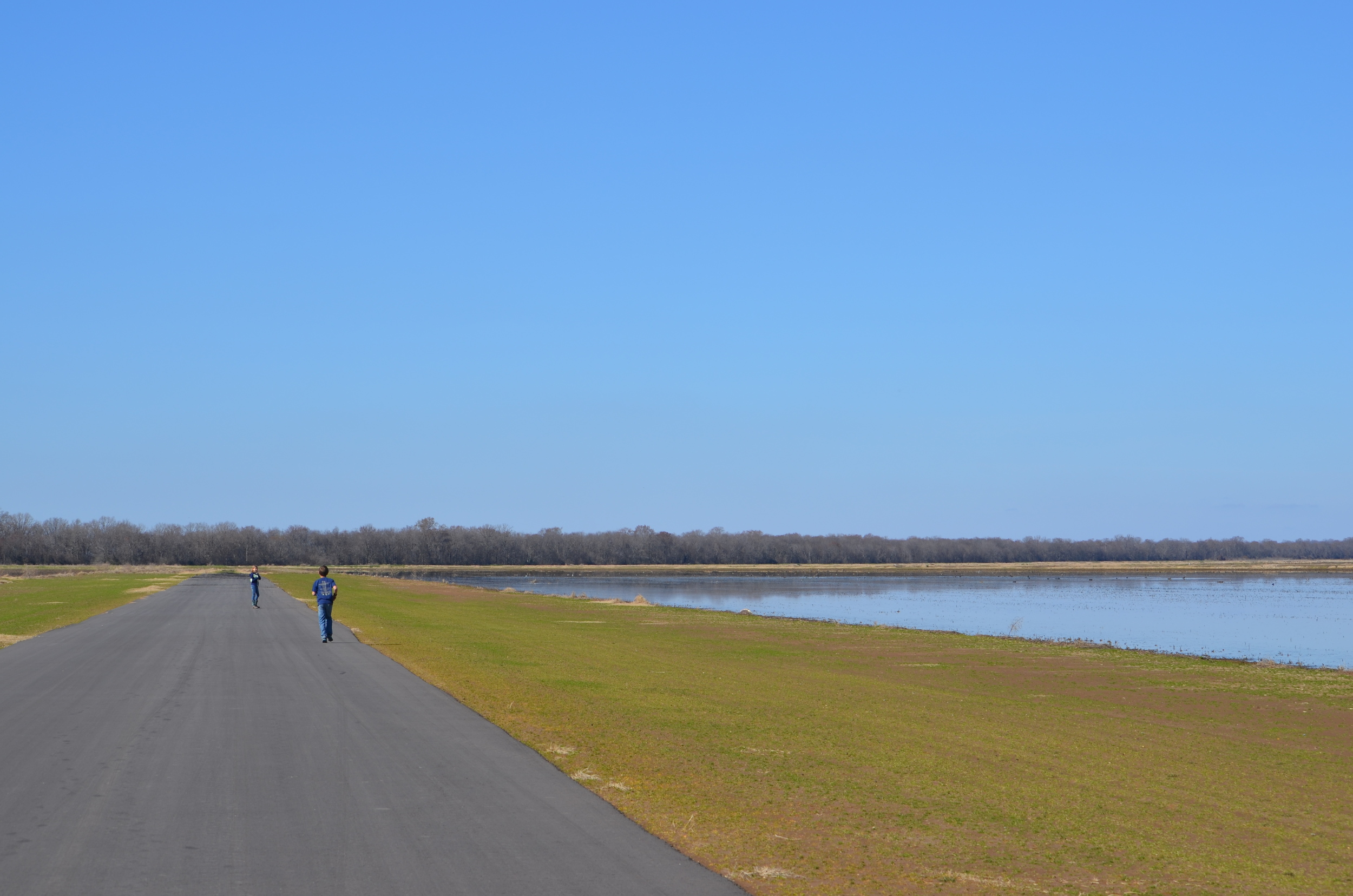As we announced last week, Connecting City to Farm is becoming a non-profit organization. Our mission is to promote healthy food choices for all budgets by highlighting the nutritional value and sustainability of non-organic agriculture.
friends in a non-organic rice field
What Jim has to say
There’s a lot to be said in the organic conversation and I invite you to join in the interactions we’ll be having here over the next few posts. But first, I’d like for you to hear Jim Whitaker of Whitaker Farms speak about the limitations the organic regulations make on the organic farmer and the benefits non-organic famers provide to the world.































